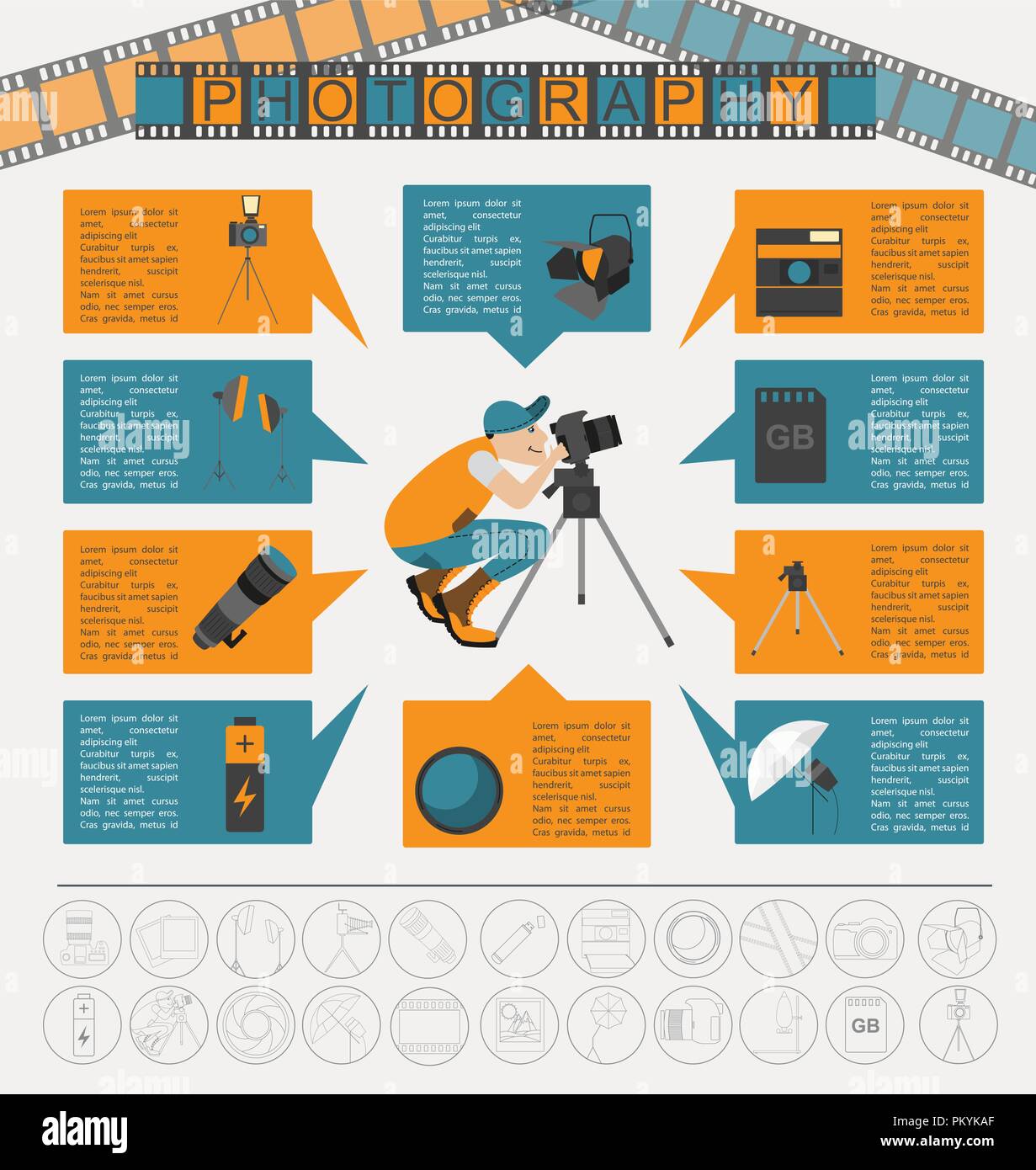What Every Professional Photographer Needs To Understand About Lights
What Every Professional Photographer Needs To Understand About Lights
Blog Article
Created By-Greenwood Ibrahim
As a photographer, you recognize that lighting can make or break your photos. Understanding the nuances of both all-natural and artificial light is important for capturing the mood and quality you aim for in your work. Whether you're going after the best gold hour radiance or fine-tuning your man-made arrangements, mastering these components can boost your photography considerably. But there prevail mistakes that many forget, and recognizing them can change your technique to every shoot. Let's explore what you could be missing out on and exactly how it can impact your results.
Comprehending All-natural Light
Recognizing natural light is crucial for any kind of professional photographer looking to improve their job. It's the structure of terrific digital photography, influencing state of mind, tone, and quality. When you fire outdoors, take note of the time of day. The gold hour-- quickly after sunup and before sunset-- uses soft, cozy light that can transform ordinary scenes right into sensational photos.
Do not undervalue the power of cloudy days. Cloud cover diffuses sunlight, creating a soft, even light that's perfect for pictures and macro photography. You'll discover shades appear this type of illumination without rough shadows.
Positioning issues, also. Always consider your subject's orientation to the light. If the sunlight's behind your topic, you may end up with a silhouette, which can be significant but mightn't be what you want. On the other hand, direct sunshine can develop uncomplimentary darkness.
relevant web site , transforming your point of view can yield outstanding outcomes. Use all-natural reflectors, like water or sand, to bounce light onto your subject, adding dimension.
Learning Artificial Light
Grasping synthetic light is crucial for professional photographers that wish to take their skills to the following level. Whether you're making use of speedlights, studio strobes, or continuous lights, comprehending just how to control these resources can drastically enhance your images.
Begin by acquainting on your own with the fundamentals of light top quality, direction, and shade temperature level. Explore different modifiers like softboxes, umbrellas, or grids to control the softness or harshness of the light.
You'll locate that soft light commonly develops complementary outcomes, while harsher light can include dramatization and depth. Don't avoid darkness; they can improve the three-dimensionality of your subjects.
Pay attention to the positioning of your lights. A light positioned as well near to your subject can create uncomplimentary results, while also far can lead to a lack of detail. Make use of a light meter or your video camera's histogram to ensure you're exposing correctly.
Finally, keep in mind that fabricated light can be blended with ambient light for imaginative results. Stabilizing these resources could take technique, but once you grasp it, your photography will absolutely radiate.
Strategies for Various Scenarios
When you step into different shooting circumstances, adapting your lighting methods is vital for catching the very best images. For outside portraits, make use of the gold hour-- morning or late afternoon light-- to soften darkness and boost skin tones.
If it's a severe noontime sun, take into consideration using a reflector to bounce light back onto your topic or look for shaded areas for an extra even exposure.
In low-light situations, like interior events, enhance your ISO and make use of a large aperture to let in more light. A tripod can assist eliminate camera shake, permitting longer direct exposures without blurring.
If you're shooting at night, trying out off-camera flash to develop dynamic lights and deepness in your images.
For product photography, utilize diffused illumination to stay clear of severe reflections. Softboxes or light tents can assist attain this effect.
When photographing professional application photo , take into consideration the direction of light and time of day, as it can drastically transform the mood of your shot.
Constantly prepare to change your settings and placing based upon the circumstance, as flexibility is essential to mastering lighting in digital photography.
Conclusion
To conclude, mastering lights is crucial to raising your digital photography abilities. Accept all-natural light's elegance during gold hour, and don't avoid trying out man-made light strategies. By adapting your technique to different situations, you'll catch magnificent pictures that reverberate with feeling and clarity. Remember, the right illumination can change a regular shot into something remarkable, so maintain practicing and fine-tuning your understanding of both all-natural and man-made light. Satisfied shooting!
